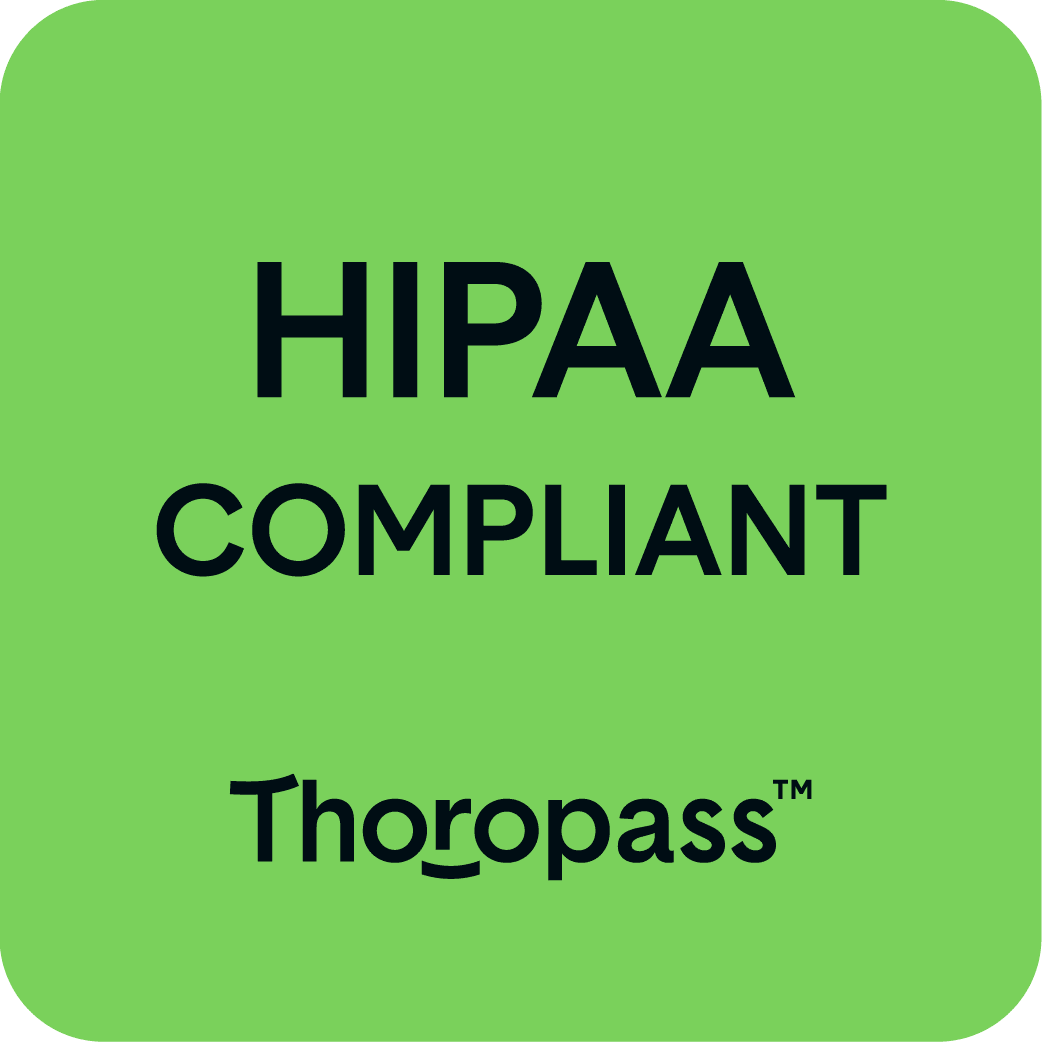Reduce Readmissions Rates by Bringing the Specialist to the Patient
July 25, 2022
Hospital readmissions are costly, and they can indicate a breakdown in care. The current readmission rate in the US is 14%, which adds up to 3.8 million people being readmitted to the hospital every year. The average cost of which is $15,200 per patient.
Readmission can stem from multiple causes, including discharging a patient too early, discharging a patient to a location where they do not have the proper support or care, and a recurrence or worsening of their condition from noncompliance, inadequate follow-up care, or in some cases overall poor health. While readmission can happen for any patient, septicemia, heart failure, diabetes, and chronic obstructive pulmonary disease combined account for about 20% of readmissions.
Importantly, many causes of readmission are preventable. One systematic review estimated that up to 27.1% of readmissions are due to avoidable causes, although there was a large amount of variation (5% to 79%). Furthermore, studies have shown that the implementation of transitional care visits post-discharge to high-risk individuals can reduce readmissions by more than 40%.
In 2012, the Centers for Medicare and Medicaid (CMS) established the Hospital Readmissions Reductions Program (HRRP), which was designed to encourage hospital facilities to “improve communication and care coordination to better engage patients and caregivers in discharge plans and, in turn, reduce avoidable readmissions.” This program links payment to quality care measurements, one very important aspect of which is readmission rates. Under HRRP, readmission rates across multiple conditions and procedures can reduce CMS payments by up to 3% annually. A hefty fee when many hospitals are already facing a negative operating index.
Costly readmission rates can be reduced with timely follow-up care
With quickly decreasing margins, reducing readmission rates is a good target to help hospitals not only recover from the immense toll that COVID-19 put on the system, but also increase their post-discharge patient care. Early follow-up with a physician has been found to lower all-cause 30-day readmission rates. Studies have also shown that follow-up appointments with other advanced practice clinicians are also very effective. One such study evaluated the efficacy of follow-up care by telephone with a nurse within 48 hours of discharge for patients ≥65 years. The study found that 15.67% of those who were not contacted were readmitted within 30 days, compared with only 9.24% of patients who received follow-up care. A staggering 41% overall reduction.
Reduce readmissions and increase savings with the Hippo Virtual Care™ platform
Overall, a typical 200-bed suburban hospital that reduced readmissions by 30-40% could save $4.5M annually by implementing home visits of high-risk patients post-discharge. However, many facilities struggle to have adequate staffing to reach this goal. By utilizing virtual care, hospitals can extend their resources to reach more patients. Redirecting chronic care management nurses or clinician extenders to make home visits to high-risk discharge patients would allow clinicians to provide patients with the follow-up care, information, and support needed to lower readmission rates. Hippo’s leading edge Virtual Care platform can help hospitals quickly identify issues and engage specialty physicians to diagnose and treat the typical causes of readmission, increasing the value to patients while decreasing costs.
On average, a typical hospital has 21 patients being discharged per day, of which 3 have a likelihood of readmission. If a visiting nurse focuses on just the high-risk patients (typically 4-5 daily) and avoids just one readmission per day (30%), it will generate $15,200 per day in savings, adding up to over $5 million a year, providing a 1,000% ROI on a virtual care team program.
With Hippo’s “through the eyes of the clinician” viewpoint using voice-enabled wearable computing, healthcare practitioners can communicate in real-time with remote colleagues in the field to support post-discharge consultations. Our virtual care headsets remove barriers by virtually connecting clinician extenders with the patient to remote specialists at the hospital, allowing them to have a first-hand view of patients without needing to be in the same room. This system allows high-risk patients to receive specialist care without having to leave their homes, improving patient satisfaction and treatment plan adherence.
Hospital readmissions are a real risk for patients, but Hippo’s platform can help your team bridge the gap to provide better, timely follow-up care.





